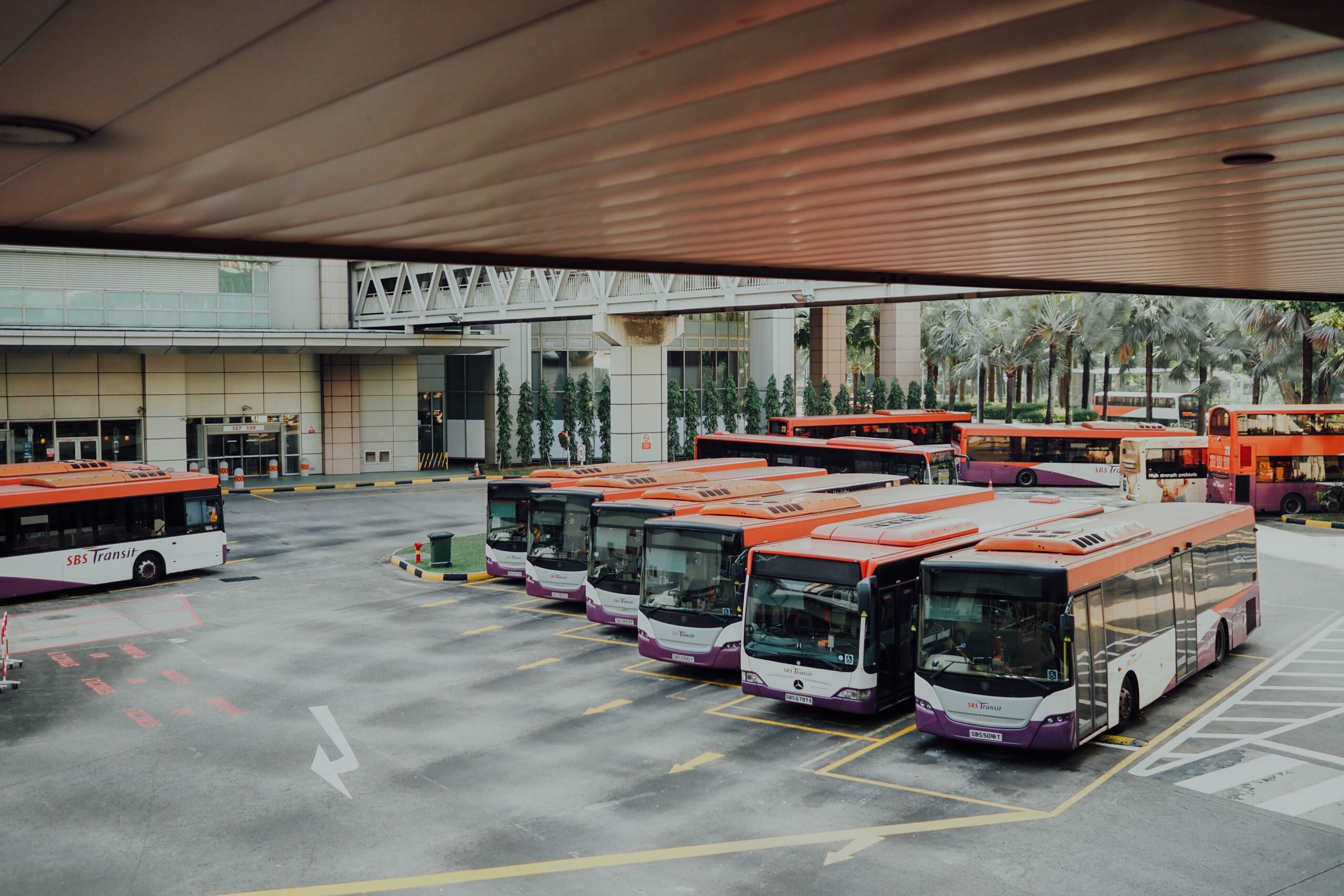The analogy between a modern, well-funded city and the healthy human body has been made ad nauseam, and for a good reason. Just like city hall seems to function somewhat as the brain, it can be tough to see a city’s many roads and intersections as anything other than the bloodstream. Cars and buses flow through the municipal grid like our red blood cells through our arteries.
Just like the body would be nowhere without the oxygen that blood cells provide, the city would be lost without its roadways that deliver its vital workforce to its places of employment. And, when we look closely under a microscope, the development of a blood clot can appear eerily similar to the formation of that everyday 5 p.m. gridlock that we all know and love.
When people are prone to getting clots, the common response is to prescribe several medications that specialize in thinning that blood flow. In a weird way, the existence of life-saving drugs like Warfarin is a strong argument for any city to improve its public transportation infrastructure. While not often life-threatening like a clot, sustained traffic is terrible for the town, the people involved, and the environment due to elevated emissions levels.
In central Iowa, the city of Ames is buying into this philosophy with a new sustainability-oriented program for upgrading city buses. With the help of the Federal Transit Administration (FTA), the city will be taking out-of-date buses and replacing them with new, fully-electric alternatives.
As part of a new program spurred by a $3.1 million grant from the Federal Transit Authority (FTA), Ames will upgrade its CyRide fleet of buses, replacing five older models with new zero-emission versions.
In addition to the drastic difference in emissions levels, the newer models will require significantly less regular maintenance. The newer buses are expected to bring reliability advantages that the current vehicles do not enjoy, making the daily commute safer for passengers and other drivers. The bipartisan Infrastructure Investment and Jobs Act (IIJA) that passed last November allocated the federal grant money that makes these upgrades possible.
The five buses will be fully operational by sometime in 2023, with the first driving around town this summer. While the $3.1 million might seem insignificant compared to the federal bill’s trillion-dollar price tag, city officials consider it more than enough of a head start. “We are excited that we were the ones who received that money,” said Chris Crippen, who works for CyRide as assistant director of operations. “We were just fortunate to be awarded that $3.1 million, and it will really help us. It replaces old buses with obviously greener technology.”
The Ames funding is just a small part of the FTA’s overall program for electrifying city buses nationwide, according to a report from the U.S. Department of Transportation (DOT).
The FTA says it will allocate as much as $409 million total, funding 70 projects in 39 states as part of a greater push for electrification in all forms of transport nationwide over the next several decades.
Demand for the switch is even greater as that funding is a response to a whopping $2.5 billion in agency funding requests related to the landmark infrastructure bill. As for Ames, the next step will eventually involve converting other city vehicles like police cruisers and snowplows to sustainable models once the next wave of funding opens up.





